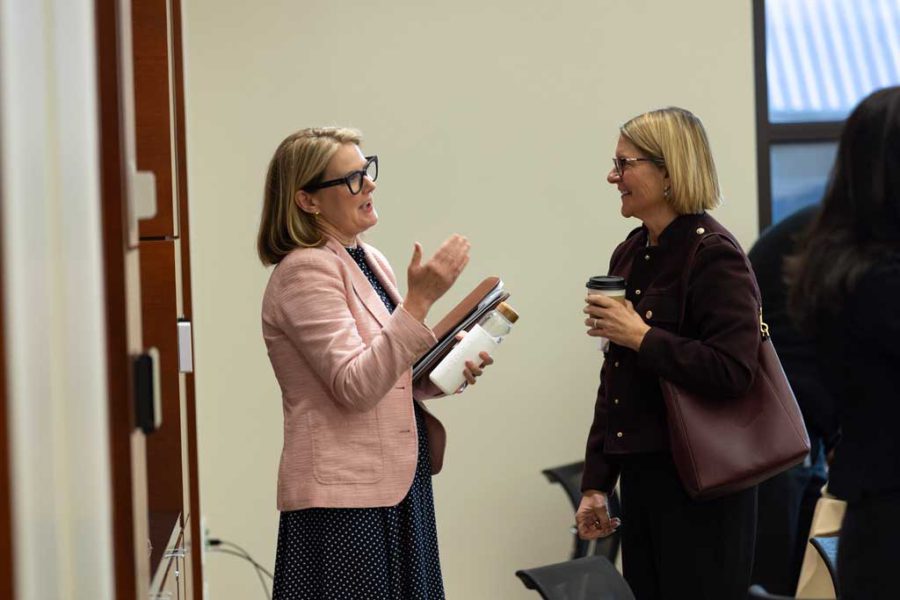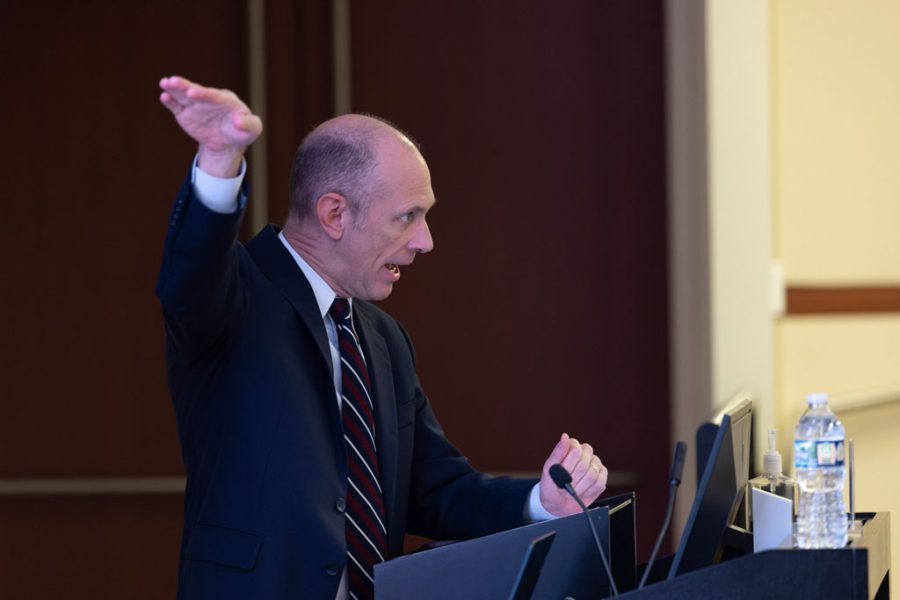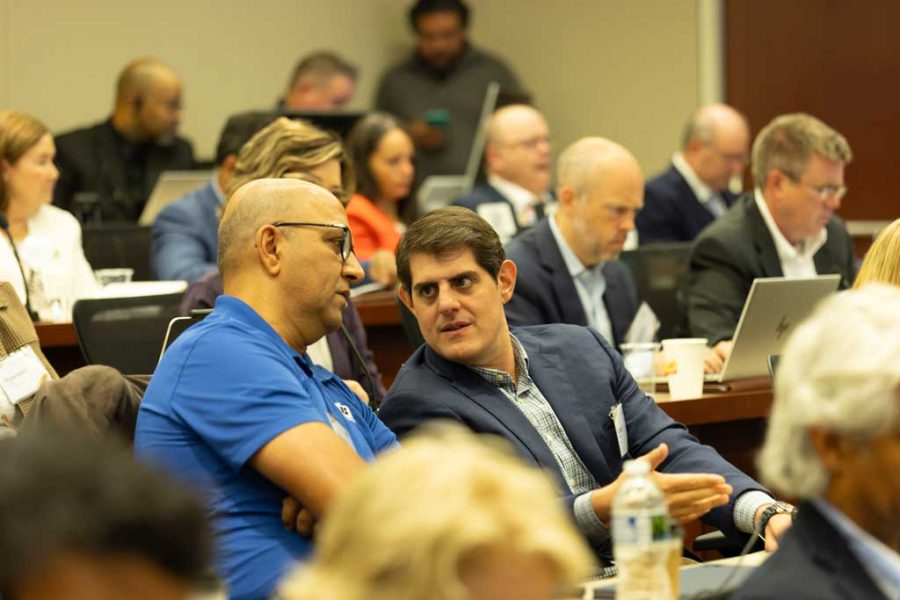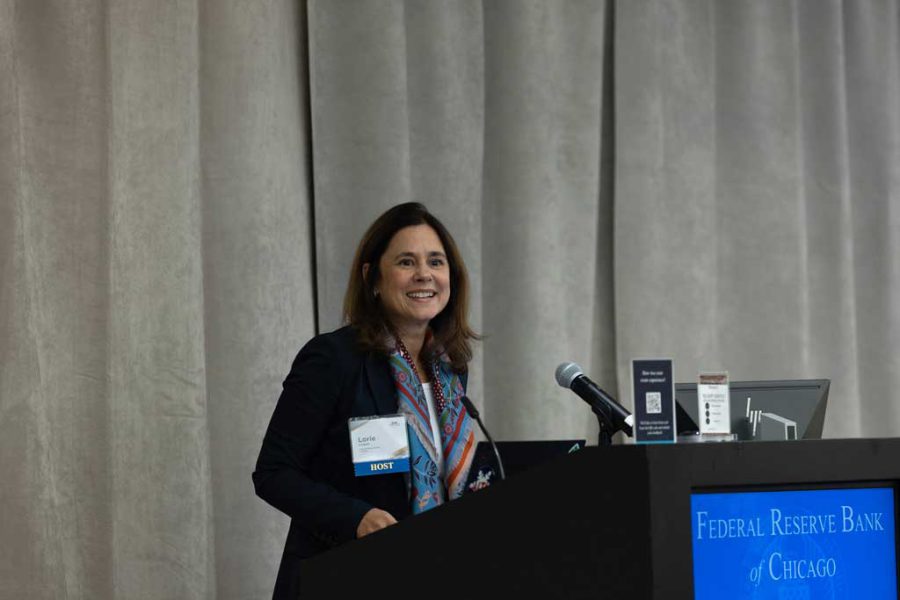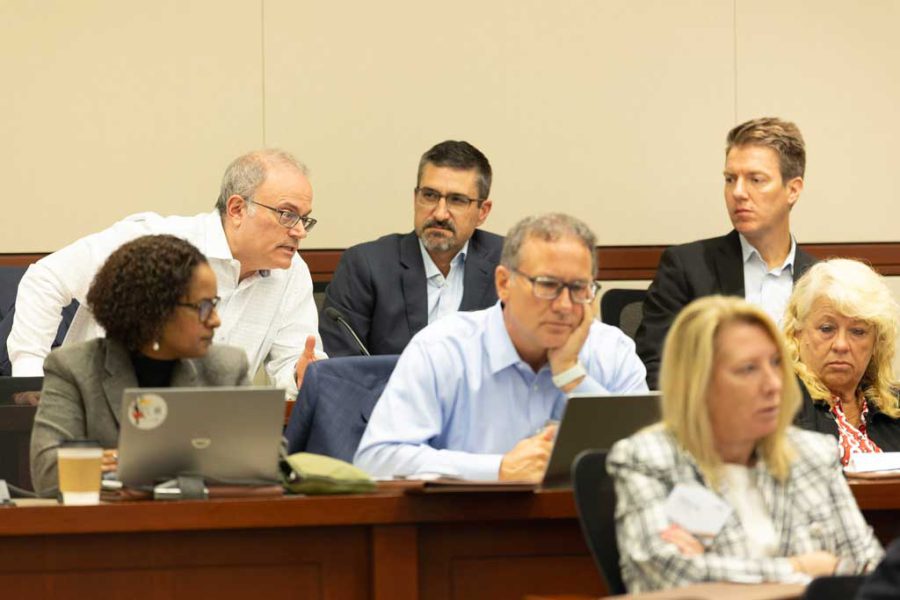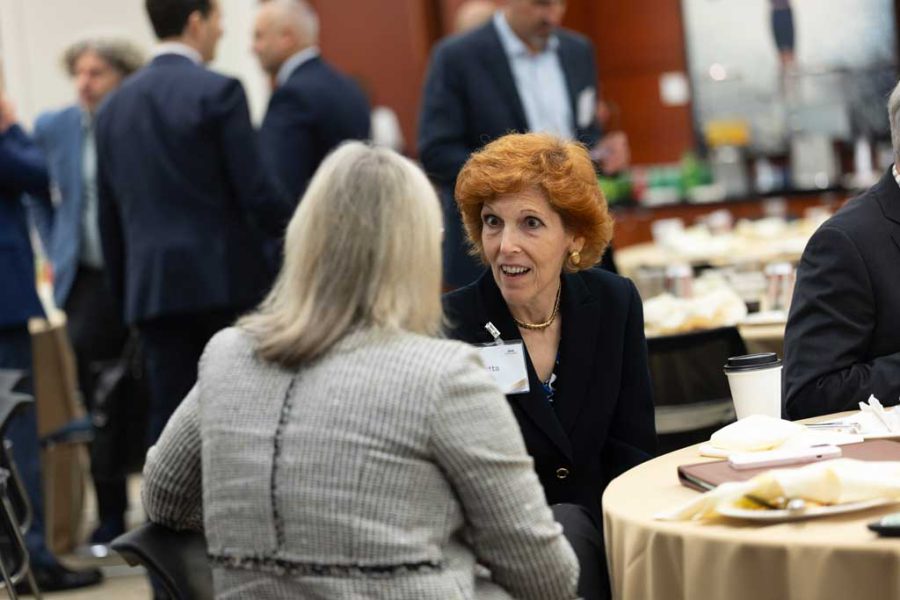The 2025 Chicago Payments Symposium achieved a significant milestone this October – a whopping quarter century as a leading forum for thought leaders from across the payments ecosystem.
Every year, the Symposium attracts repeat attendees for in-person and virtual insights while offering a sense of community, networking and fresh perspectives from new participants. Here are a few highlights:
Our digital future. Thomas Koulopoulos, founder and chief executive officer of the Boston-based global futures think tank Delphi Group and Boston University professor, took us through a trip in time — from 1950s room-sized mainframe computers to today’s exploration of generative artificial intelligence (AI, Off-site) and agentic AI (Off-site). Koulopoulos pointed out that financial systems are riddled with friction and users will seek out alternative payment technologies that have less friction wherever possible. However, he said many of us oscillate between enthusiasm about new technology (“I can’t live without it!) to “terror” about its potential negative implications.
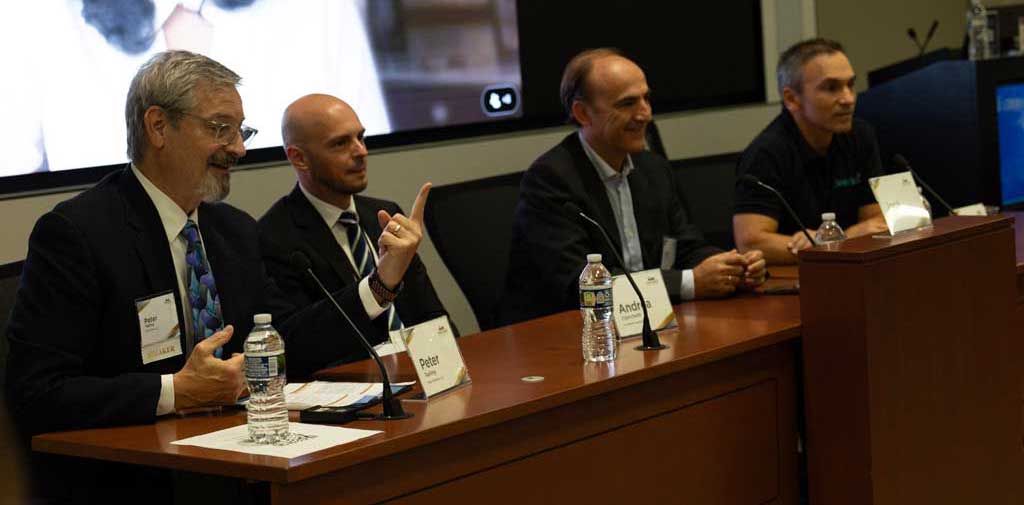
Global payments, with a lens on faster payments. The discussion among panelists highlighted the need for network-level risk management tools, including building on ecosystem intelligence with AI. While instant payments offer relatively low fraud risks while attracting new types of use cases, financial institutions can always take further action to address scams — such as intelligence sharing without customer data sharing.
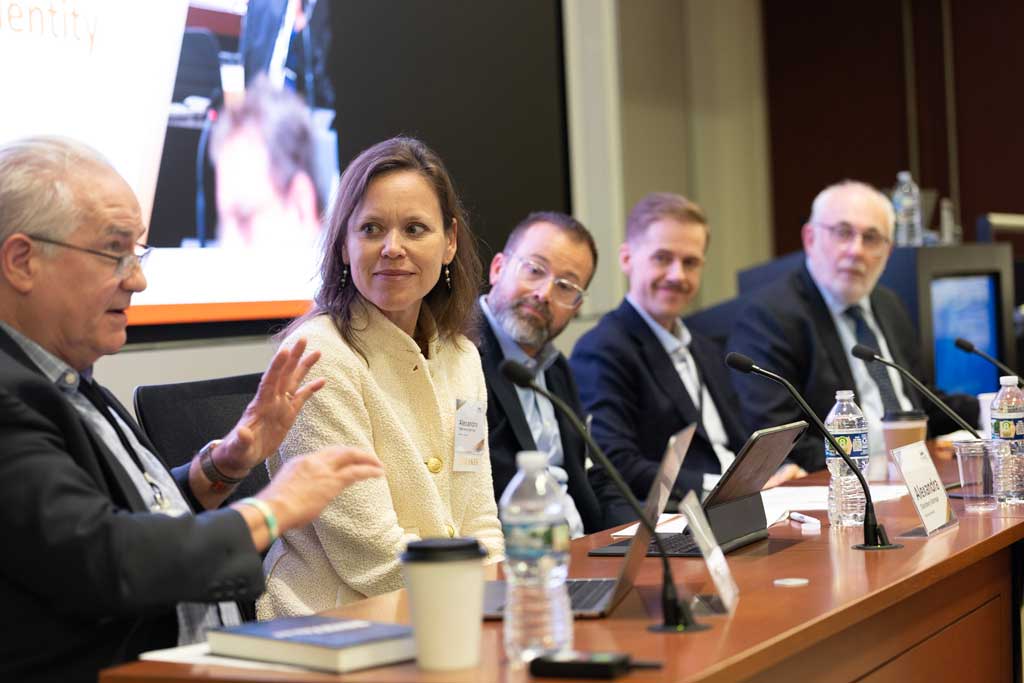
Open finance, payments and digital identity. The panelists spent a significant amount of time talking about the importance of trust in open finance. Agentic commerce will not be as focused on brand loyalty, as a consumer does, but on task completion. New and better ways of digital identity, engagements and payment flows will need to be considered.
Payments modernization, innovation, safety. Lorie Logan, president and chief executive officer, Federal Reserve Bank of Dallas, discussed (Off-site) some of the Federal Reserve’s steps to modernize the payments system and innovate to meet evolving needs while maintaining the Fed’s commitment to safety, security and accessibility.
Payments market outlook. Jon Steitz, global co-head of payments at McKinsey & Co., shared highlights of his company’s Global Payments Report (Off-site) and other research. Six ways to thrive in the next era of payments were highlighted: design for intelligent simplicity, treat interoperability as infrastructure, move intelligence to the edge, make compliance programmable, play through ecosystems (not against them), and earn trust upstream.
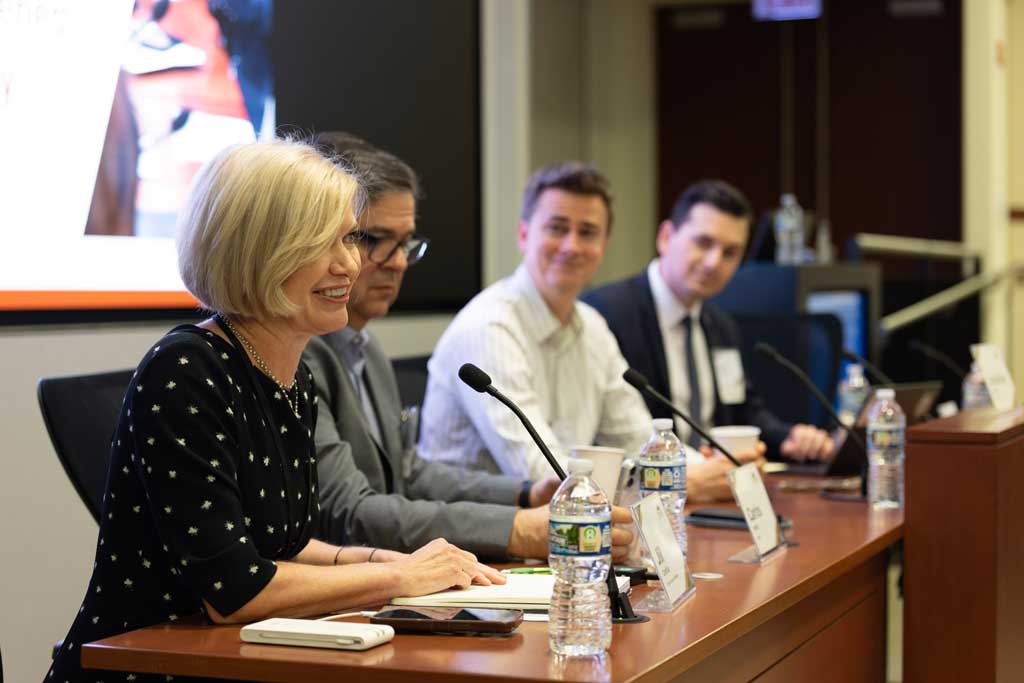
The future happened yesterday. Speakers working to drive standards to build fast innovation while increasing safety and confidence of products were at the forefront. One example is X9 QR codes, which contain structured data representing a payment request from the payee to the payer. As another example of the power of standards, FIDO Alliance’s (Off-site) standards for passkeys allow a user to sign in to apps and websites with the same process they use to unlock their devices (biometrics, personal identification number or typing pattern). The panel discussion ended with a demonstration of how frighteningly easy it is to use AI to create and deploy realistic-seeming deepfake identities (Off-site) (PDF) from public photos, videos and audio clips “using tools on the shelf.”
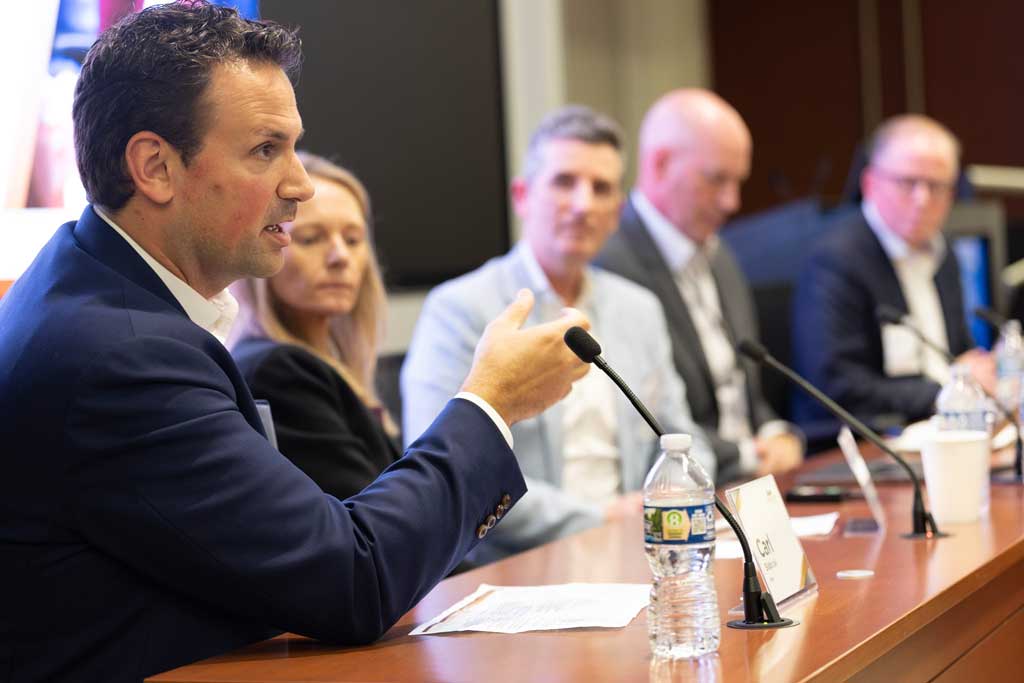
Instant payments: the value proposition is more than speed. These include the advantages of offering both send and receive instant payments (“this puts more control in the hands of our bank customers”) and the need to better articulate instant payments value propositions (liquidity, lower amounts of fraud) to the C-suite and corporate treasurers, whose departments still send a lot of fraud-susceptible checks.
Keynote address on U.S. payments history. Austan Goolsbee, president and chief executive officer of the Federal Reserve Bank of Chicago, delivered a lively dinner keynote at the 25th Symposium dinner. He looked far back into the early days of U.S. payments, when states and later, Alexander Hamilton’s Bank of the United States (Off-site) issued private currencies to facilitate borrowing and lending. “The Chicago Fed has a strength in research, and particularly in economic history,” Goolsbee said. “So, I want to roll back the clock almost 200 years to the free banking era in the United States, when there was a 26-year period where there was essentially unlimited private money. What happened, and does it have any relevance to today if we’re going to be in a period with a bunch of private money?”
Goolsbee also announced an “award” in honor of Ellen Bromagen, the Chicago Fed’s first vice president and chief operating officer, who plans to retire next year (Off-site). “For Payments Symposia evermore, we will have the Ellen Bromagen Keynote Lecture, so that for as long as we are here, we will acknowledge Ellen’s commitment to payments and her lasting impact on the industry.”
Geopolitical, cybersecurity and AI risks. Paul Nakasone discussed these risks based on his experience as commander, U.S. Cyber Command; director, National Security Agency (NSA) and chief, Central Security Service during a career spanning more than three decades of pivotal moments in digital defense. He described three current-day “arcs:” Nation-states are testing the U.S. economically, militarily and in manufacturing; technology is changing the nature of conflicts; and AI can disrupt how we humans take in information. “The race is on,” he said. “Are we going to adopt, adapt or avoid the AI transformation?”
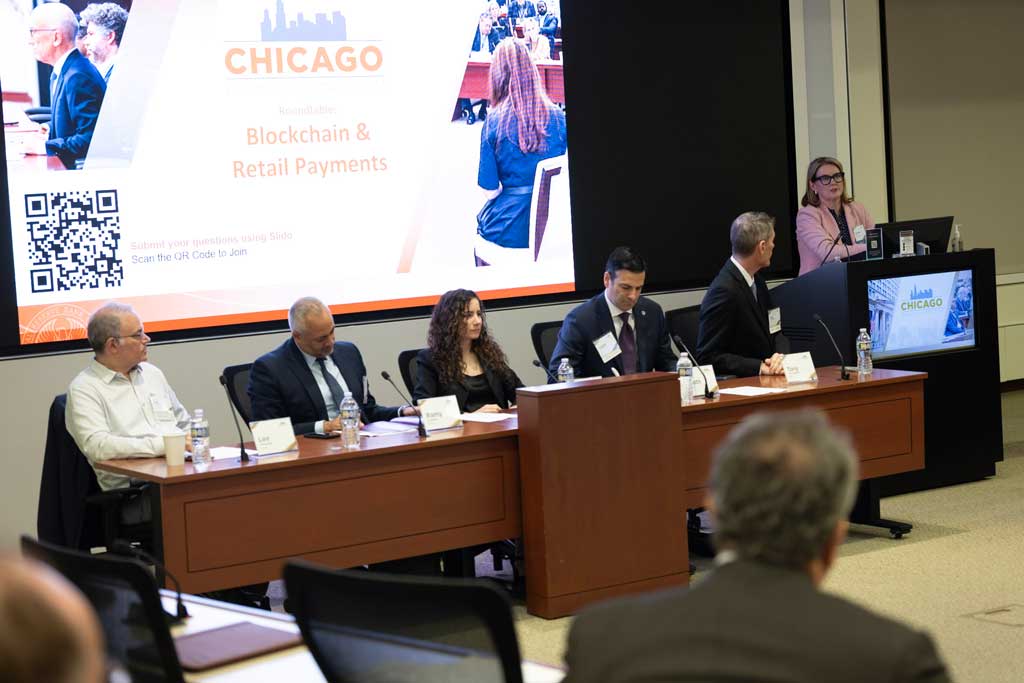
Blockchain and retail payments. The panel revolved around discussing open-source blockchain networks that “solve problems” for retail payments, including building a relevant database, digital versus physical identity uniqueness, and how to establish and transfer ownership of retail assets. The panelists discussed opportunities of stablecoins that are traded on multiple exchanges, widely accepted and linked to fiat currencies (Off-site).
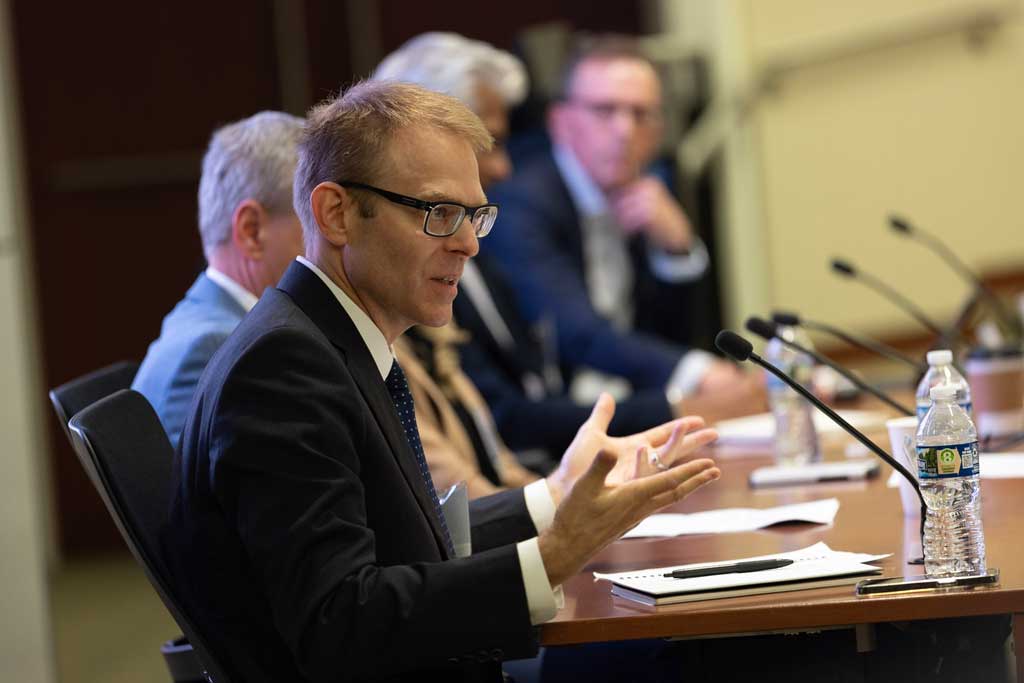
Blockchain and wholesale payments. Wholesale payments typically have higher values but lower volume than retail payments — which helps emphasize the importance of trust when exploring the use of new instruments and value propositions for wholesale payments. The panelists discussed how to extend trusted wholesale financial infrastructures globally, payment tokenization (Off-site) — a random string of characters that replace sensitive information — and use cases. Decisions should consider options for the platform, settlement assets, whether facilitation is bank- or market-based, the interchange mechanism and asset.
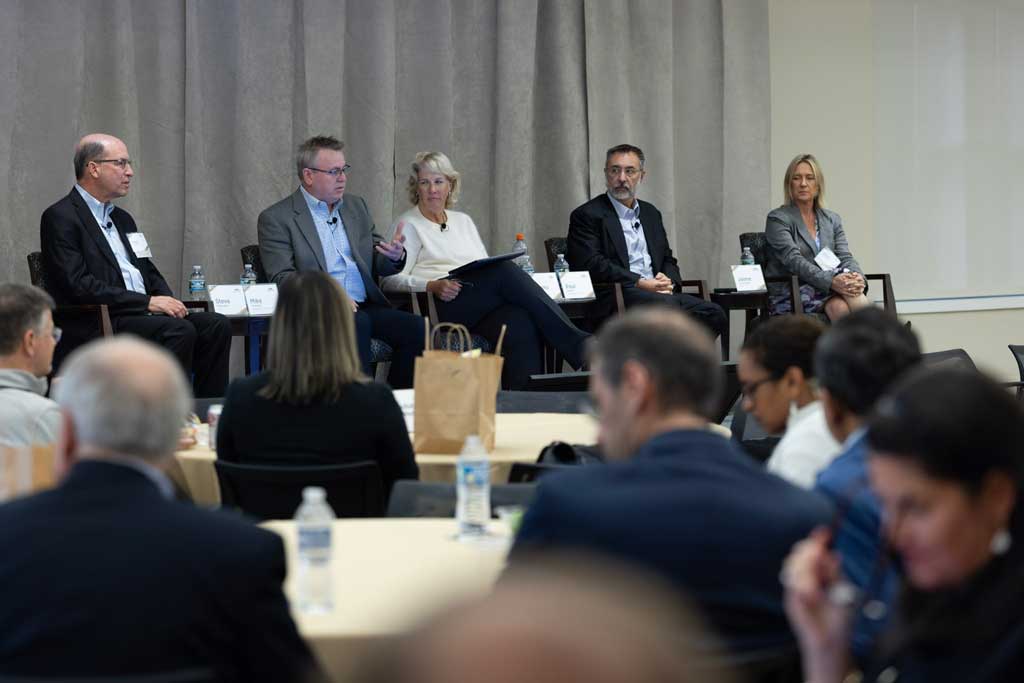
Fraud and information sharing roundtable. After the Symposium, a “bonus session” focused on the importance of data sharing — both non-confidential and confidential. Information sharing often is at a grassroots level, such as through local work groups of small banks and credit unions. Obstacles include privacy concerns; unclear standards about the information organizations can share without fear of liability; and a lack of resources, especially among smaller financial institutions.
Click the arrows on the side of each graphic to navigate through the photo gallery.
The views and opinions expressed in this program do not necessarily reflect the views or positions of the Federal Reserve System.



